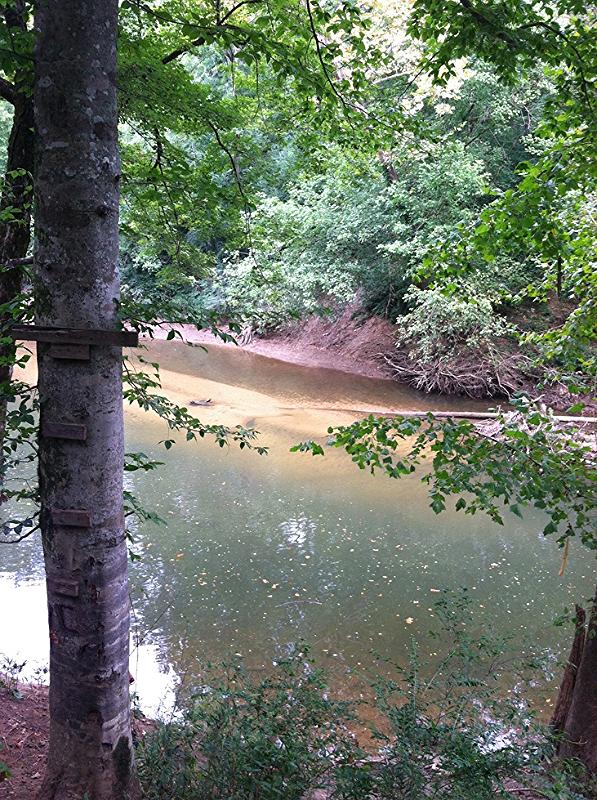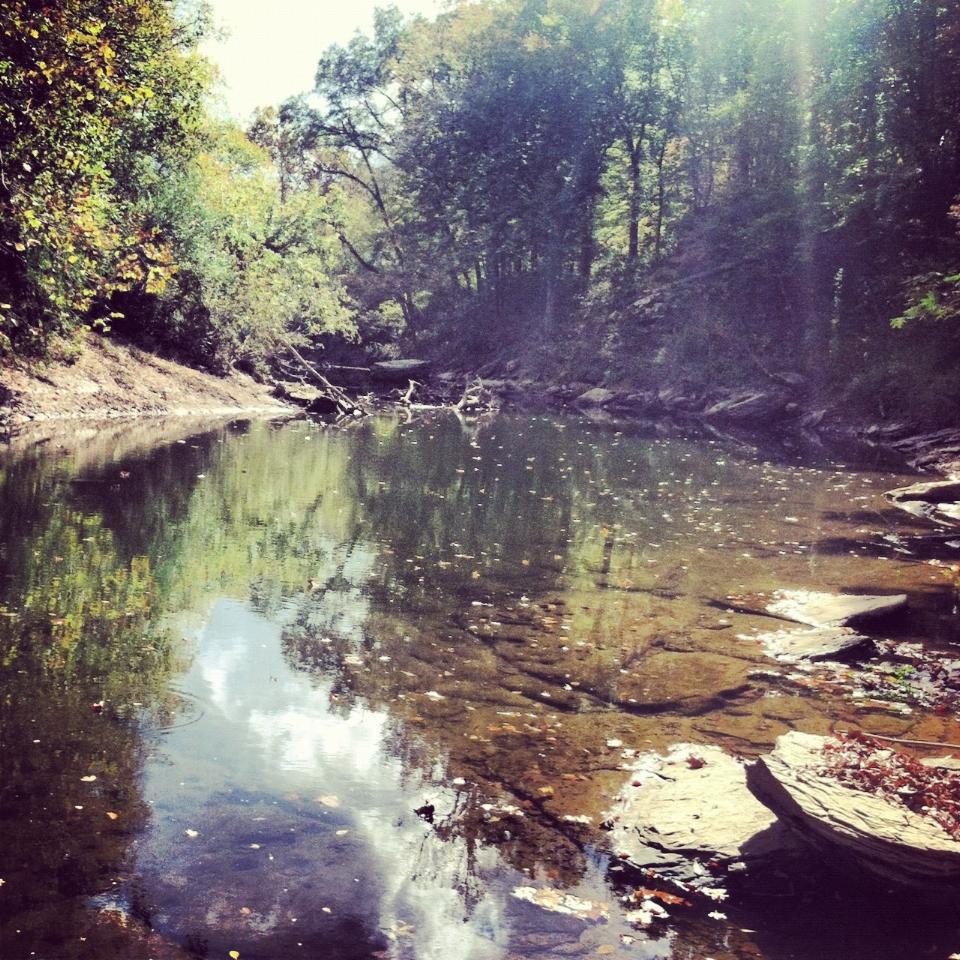
The Cahaba River is the most biologically diverse river in North America, and no other river in North America has more species of fish per mile than the Cahaba. The Cahaba has over 131 species of fish with 18 non native. Non-native species cause competition with the native species, often out-competing the native species and jeopardizing the river's biodiversity. One such example is the dwindling Mussel populations since the Asiatic clam has been introduced. In our area alone, 5 different species could be found a few years ago, and now only one can be found. However, many species have been discovered then later rediscovered in different areas of the Cahaba. 13 unique species of snails are found solely in the Cahaba, which is the longest free-flowing river in Alabama, stretching a total of 194 miles and emptying into the Alabama river. In fact, due to the Cahaba's high biodiversity, it is losing this diversity at extremely fast rates. Attempts to build along the river jeopardize the river's integrity. According to the EPA 106 miles already do not meet current water quality standards for habitat alteration due to high amounts of sedimentation and nutrients. It is extremely important to monitor and protect the water quality of the Cahaba both for the species living in it and for drinking water, supplying 50% of the drinking water for Jefferson and Shelby county.


Above, evidence of sedimentation is seen in the water, which is tinted brown from the sediment. This sedimentation is a result of bank collapse on the far shore. To the right, a riffle area is shown, compared the deeper area of water above called a pool. The limestone rock in the image to the right is responsible for protecting biodiversity by acting as a pH buffer for species in the Cahaba.